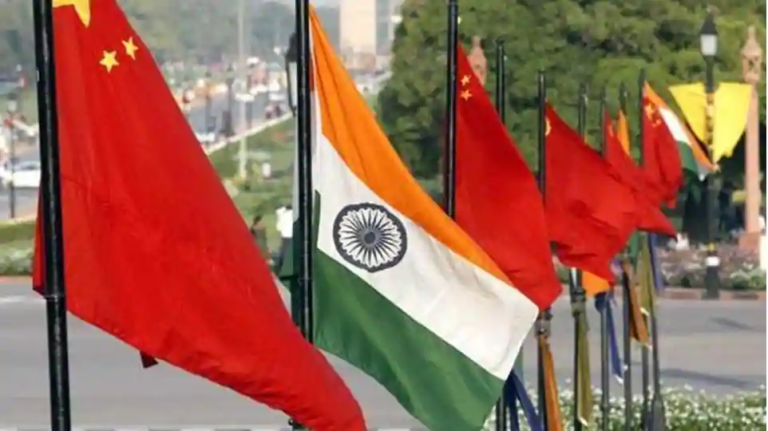
In a landmark move that promises to reshape the geopolitical landscape of Asia, India and China have reached a consensus on the long-standing border disputes that have marred their relations for decades. This agreement, coming after years of negotiations and intermittent stand-offs, marks a significant step towards peace and cooperation between the two nuclear-armed neighbors.
The agreement, announced amidst the backdrop of the BRICS summit in Russia, entails a detailed patrolling arrangement along the Line of Actual Control (LAC), the de facto border between the two countries. This arrangement is aimed at preventing the kind of confrontations that have previously escalated into deadly clashes, such as the Galwan Valley incident in 2020.
The diplomatic breakthrough is a result of persistent dialogue and reflects a mutual understanding of the benefits that stability brings to both nations. It is expected to lead to a de-escalation of military presence along the border, which had seen an alarming build-up of troops and infrastructure in recent years. The agreement also paves the way for renewed economic ties and political engagement, which had suffered in the wake of the border tensions.
Register for Tekedia Mini-MBA edition 19 (Feb 9 – May 2, 2026): big discounts for early bird.
Tekedia AI in Business Masterclass opens registrations.
Join Tekedia Capital Syndicate and co-invest in great global startups.
Register for Tekedia AI Lab: From Technical Design to Deployment (next edition begins Jan 24 2026).
Here are the key elements of the agreement:
Patrolling Arrangements: Both countries have agreed on structured patrolling arrangements along the Line of Actual Control (LAC) to prevent the kind of confrontations that have escalated into deadly clashes in the past.
Disengagement and Resolution: The agreement includes a commitment to disengagement and resolution of issues in the border areas that arose in 2020, marking a significant step towards de-escalation.
Reversion to Pre-2020 Patrolling Norms: The patrolling arrangement allows Indian and Chinese soldiers to patrol the border area as they did before the May 2020 face-off, reducing the chances of skirmishes or escalation due to close military encounters.
Stabilization of the Situation: By potentially reducing confrontations at friction points, the agreement helps stabilize the situation along the LAC, fostering a better environment for broader negotiations on boundary issues.
Confidence-Building Measures: The resumption of patrolling as per pre-2020 terms are a confidence-building measure, indicating a mutual willingness on both sides to return to a status quo that they found acceptable before the recent tensions.
Political Implications: The agreement might facilitate higher-level diplomatic interactions and enhance bilateral relations outside military confrontations. For India, this could mean better management of its border infrastructure development without an immediate threat of conflict. For China, it may reflect a strategic choice to stabilize its border with India amid other global tensions.
The significance of this agreement cannot be overstated. It not only serves as a model for resolving territorial disputes through peaceful means but also enhances the prospects for regional stability. The Himalayan border, characterized by its harsh terrain and strategic importance, has been a point of contention since the mid-20th century, with both India and China asserting territorial claims over various sectors.
The resolution of the border issue holds the promise of a new era in India-China relations, one that is based on mutual respect, non-aggression, and partnership. It is a testament to the power of diplomacy and the potential for constructive dialogue to overcome even the most entrenched conflicts.
As the world watches, the successful implementation of this agreement will be crucial. It requires continued commitment from both sides to adhere to the terms and the spirit of the accord. The international community has welcomed this development, hoping it will contribute to broader peace and cooperation in the region.
The India-China border agreement of 2024 is a beacon of hope, signaling that even the most complex and sensitive of international disputes can find a resolution when there is a will to seek peace and understanding. This historic moment is a reminder that through perseverance and dialogue, harmony can be achieved, and a new chapter of collaboration can begin.



